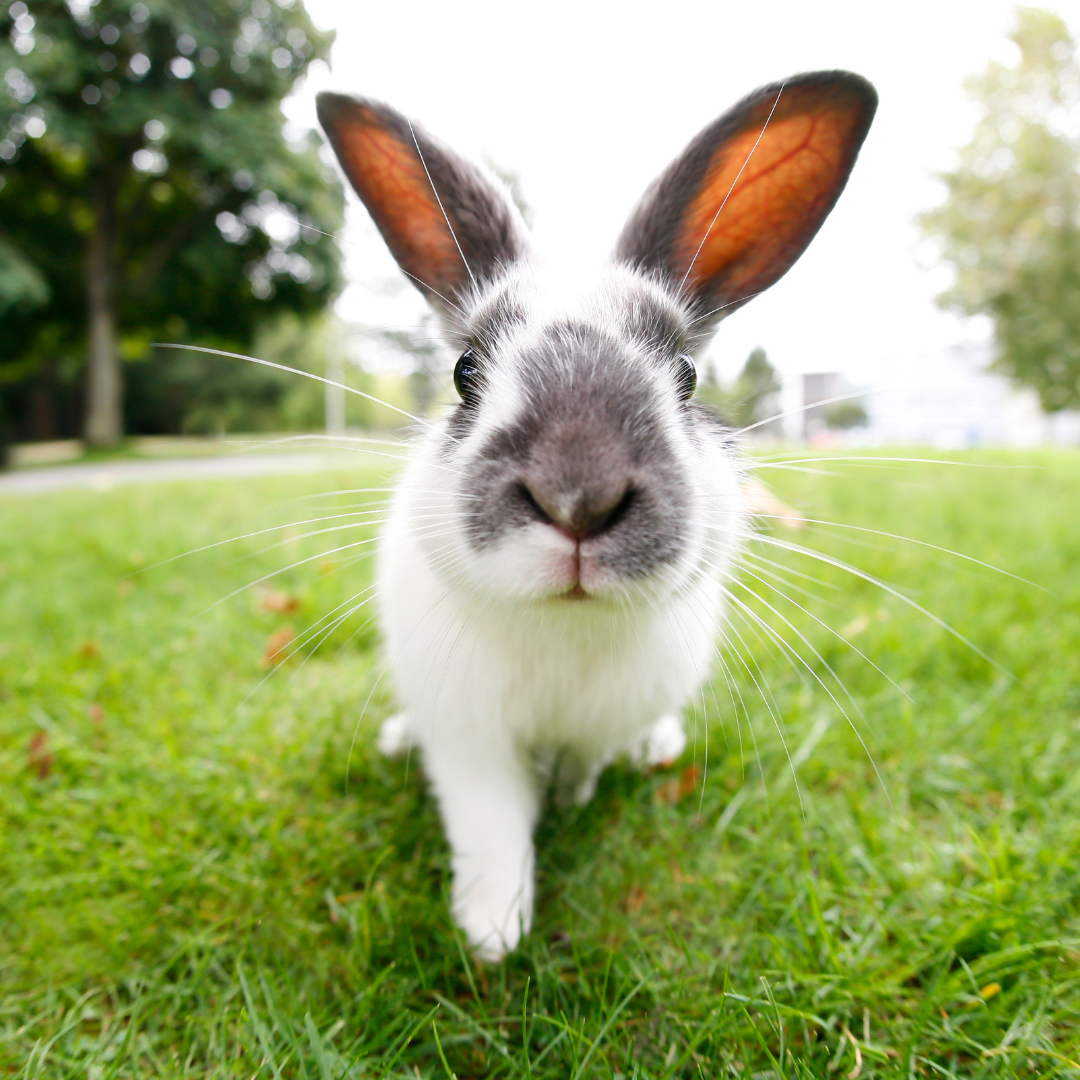When it comes to beauty care, what exactly is meant by “cruelty-free”? Is it animal testing, where up until a few years ago, any cosmetic product sold in China had to be animal tested? (Some, like hair dyes, sunscreens and hair loss products still do.) Or is it using actual animal by-products as ingredients in beauty products?
Technically, cruelty-free refers only to animal testing. However, we believe, as many people do, that using animal by-products in beauty products is, well, cruel. We do not believe that animals were put on this earth to make our skin, hair, or lips more beautiful. This is especially true when there are so many safe and equally effective plant-based alternatives.
The Difference between Cruelty-free and Vegan and why you should look for both in beauty products
- Cruelty-Free: Products that have not been tested on animals or use ingredients that have been
- Vegan: Products that do not contain animal-derived products or use them in the production process
So, we’ve put together a list of 8 ingredients used in the beauty business that come from animals. What they’re for, what animals they come from and plant-based alternatives. This way you can make a more informed choice when buying beauty products.
KERATIN

What it is: An ingredient used in many shampoos and conditioners, keratin promises to strengthen and smooth hair, giving it a beautiful shine.
How it’s sourced: Many products use animal-derived keratin which is made from ground-up horns, hooves, feathers, quills, and hair from a variety of animals like goats.
Plant-based alternatives: While keratin is technically only found in vertebrates, the synthesis of amino acids extracted from grains like rice or wheat creates hydrolyzed proteins that act as an alternative. Others sources include almond oil, soy protein, and amla oil (derived from the fruit of an Indian tree). Rosemary and nettle offer hair body and strand strength.
TALLOW

What it is: Tallow serves as an emollient in cosmetics such as lipsticks, cream blushers, and soaps.
How it’s sourced: Simply put, tallow is animal fat. It’s a by-product of cooking animal carcasses and skimming off the fat that floats to the top. The carcasses are sometimes sourced from questionable sources which have been found to include animals that die before being slaughtered, euthanized zoos, expired meat from shops, and so on.
Plant-based alternatives: Fortunately, instead of animal fat, companies can use alternatives such as vegetable tallow, Japanese tallow (tree). Or avoid tallow altogether and use other plant-based emollients like coconut oil and shea butter.
GELATIN/COLLAGEN

What it is: Collagen is an important protein in the human body and is used in a wide array of beauty products to give you stronger hair, nails and younger-looking skin.
How it’s sourced: Boiling cow and pig hooves, bones, tendons, and ligaments. And degraded collagen becomes gelatin.
Plant-based alternatives: Seaweeds like agar-agar, pectin from fruits, locust bean gum and cotton gum can be very good alternatives.
LANOLIN

What it is: Because of its moisturizing properties, it’s commonly found in skin creams and lotions and lip balms. It can also be found in hair care products.
How it’s sourced: Lanolin is obtained from sheep’s wool. This wool wax is produced by the sheep’s sebaceous glands to help shed water and keep the sheep dry. It’s typically removed after shearing sheep, where the sheep later grow another coat to be sheared once again. However, it is sometimes harvested from dead sheep.
Plant-based alternatives: Again, vegetable oils and butters can serve the same purpose as lanolin. Prickly Pear (cactus flower) is another excellent moisturizer.
COCHINEAL DYE

What it is: A red pigment is often used in lipsticks, blusher, eye shadow, and other cosmetics.
How it’s sourced: Cochineal beetles are wingless female insects that, when crushed, release a crimson substance called carminic acid, which produces a natural red color.
Plant-based alternatives: There are many plant alternatives like beetroot.
GUANINE

What it is: A special pearly shimmer used in color cosmetics like lipstick and eye shadow.
How it’s sourced: Crystalline guanine is derived from powdered fish scales. Yes, scraped and crushed fish scales.
Mineral-based alternatives: Mica, Rayon, Bronze Powder, certain legumes, or Synthetic Pearl.
SQUALENE

What it is: Squalene can be found in almost all plants and animals. It is an oil used across so many categories including hair care, skincare, sunscreens, and cosmetics, and has excellent properties that moisturize, soothe and smooth skin and hair, among other things.
How it's sourced: The richest source is found in shark liver and thankfully sourcing squalene from sharks is becoming far less prevalent.
Plant-based alternatives: Olive oil, wheat germ oil, watermelon oil and rice bran oil are great alternatives.
Here are some tips to follow:
-
The best way to avoid using beauty products with animal by-products is ensuring that the product is vegan. Look for a seal or statement of it being vegan directly on the package. If it doesn’t state it’s vegan, it may indeed use animal by-products.

- Just because a product is vegan, it doesn’t mean the brand is vegan. Be sure to check the brand’s website for a statement of it being vegan. Remember, if it says it’s cruelty-free – that’s great, they don’t test on animals – but it doesn’t mean it’s vegan.
- Just because a product is vegan, it doesn't mean it's natural. Unlike eating at a restaurant where all the food is natural, it's just a matter of it being animal-based or some plant-based, in beauty a product can be vegan but also be synthetic and not at all natural. So, if natural is important to you, check the ingredients.
We should all have a clear conscience, as well as clear complexion, when using beauty products. Go animal-free!
We'd like to thank No Kill Magazine for partnering with us on this. It is not a “paid sponsorship” but a true collaboration of people sharing info that is good for people and the planet 🙂


1 comment
Thank you for the important information! It’s very helpful when shopping.
Leave a comment